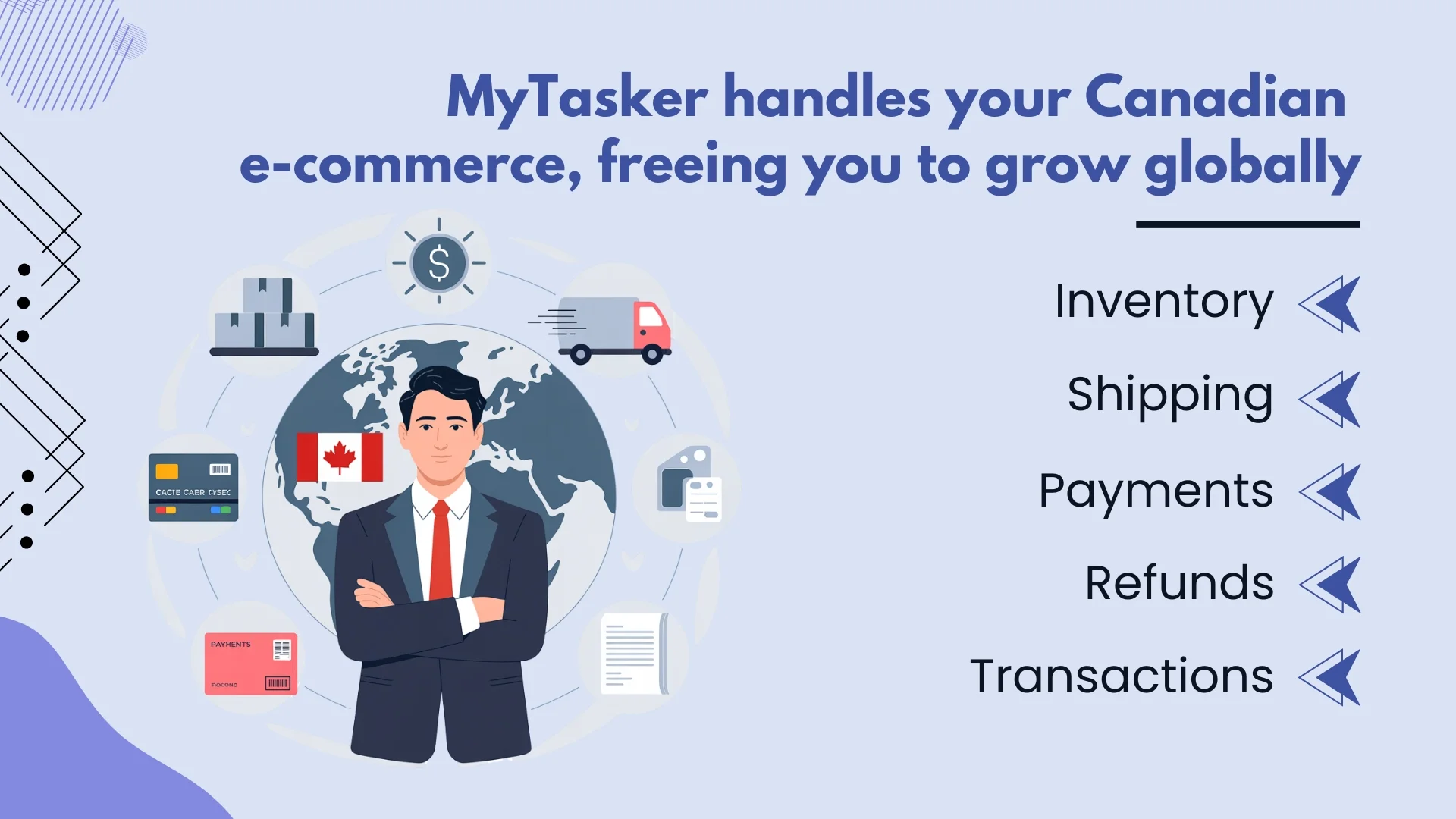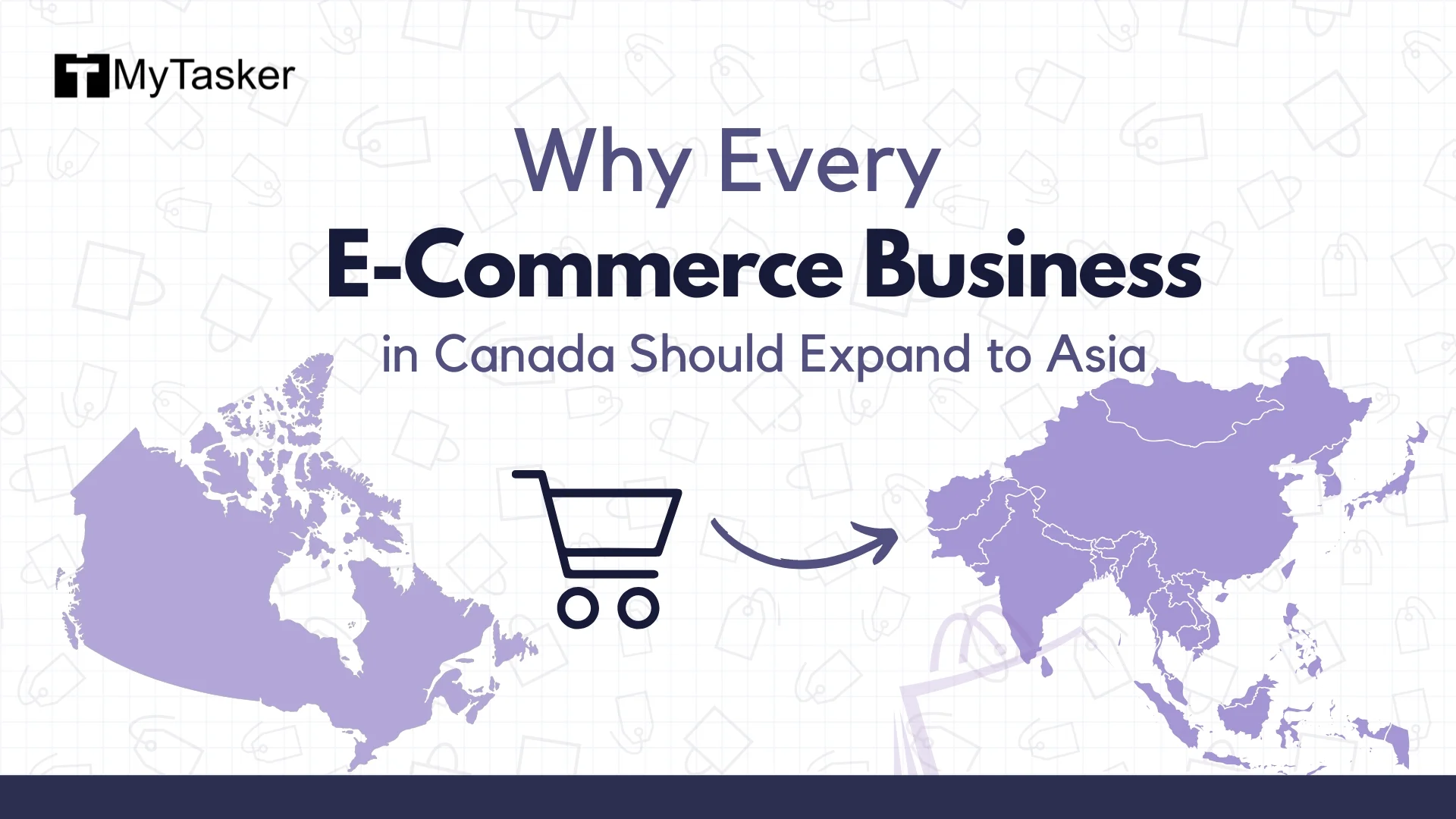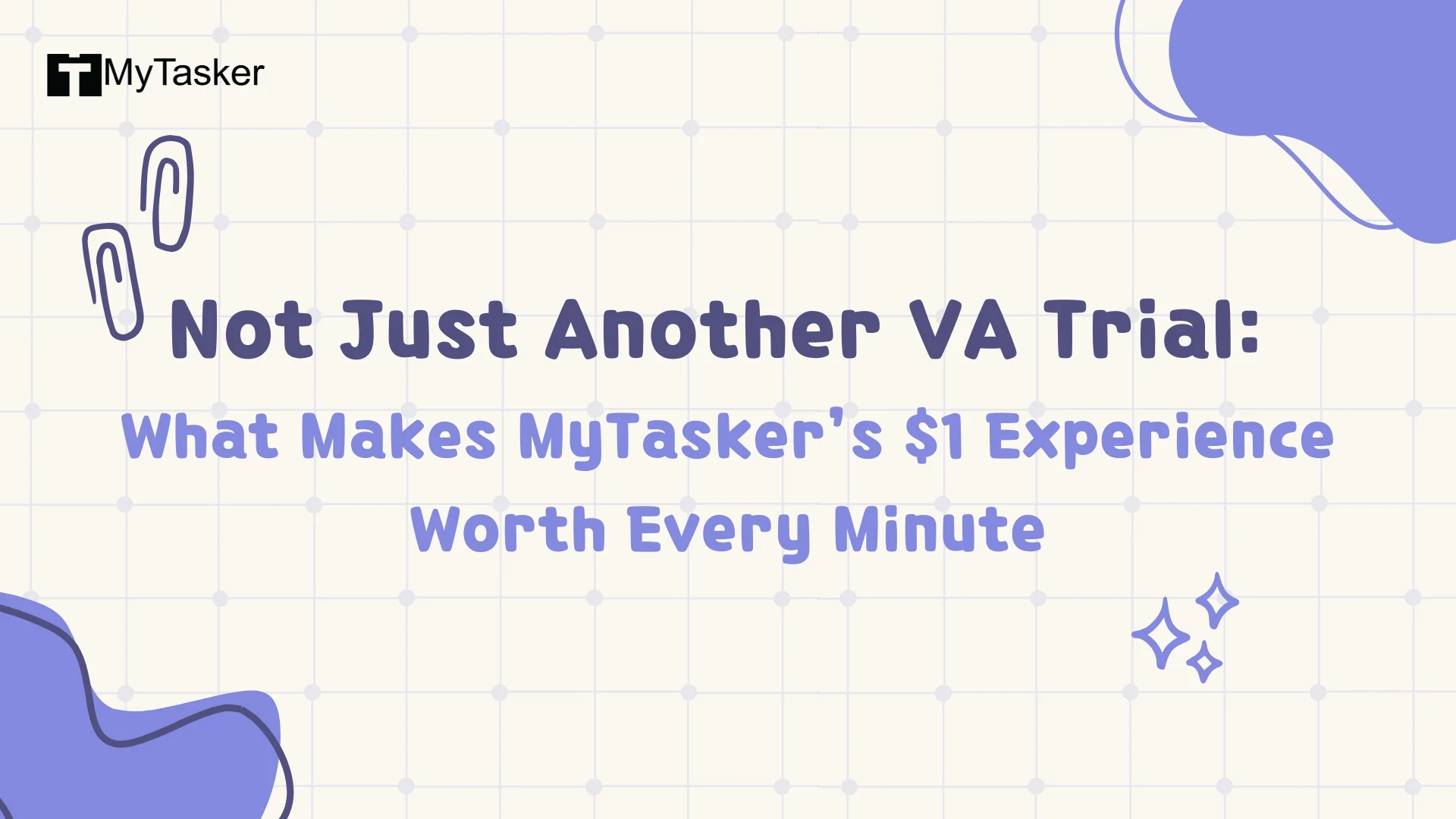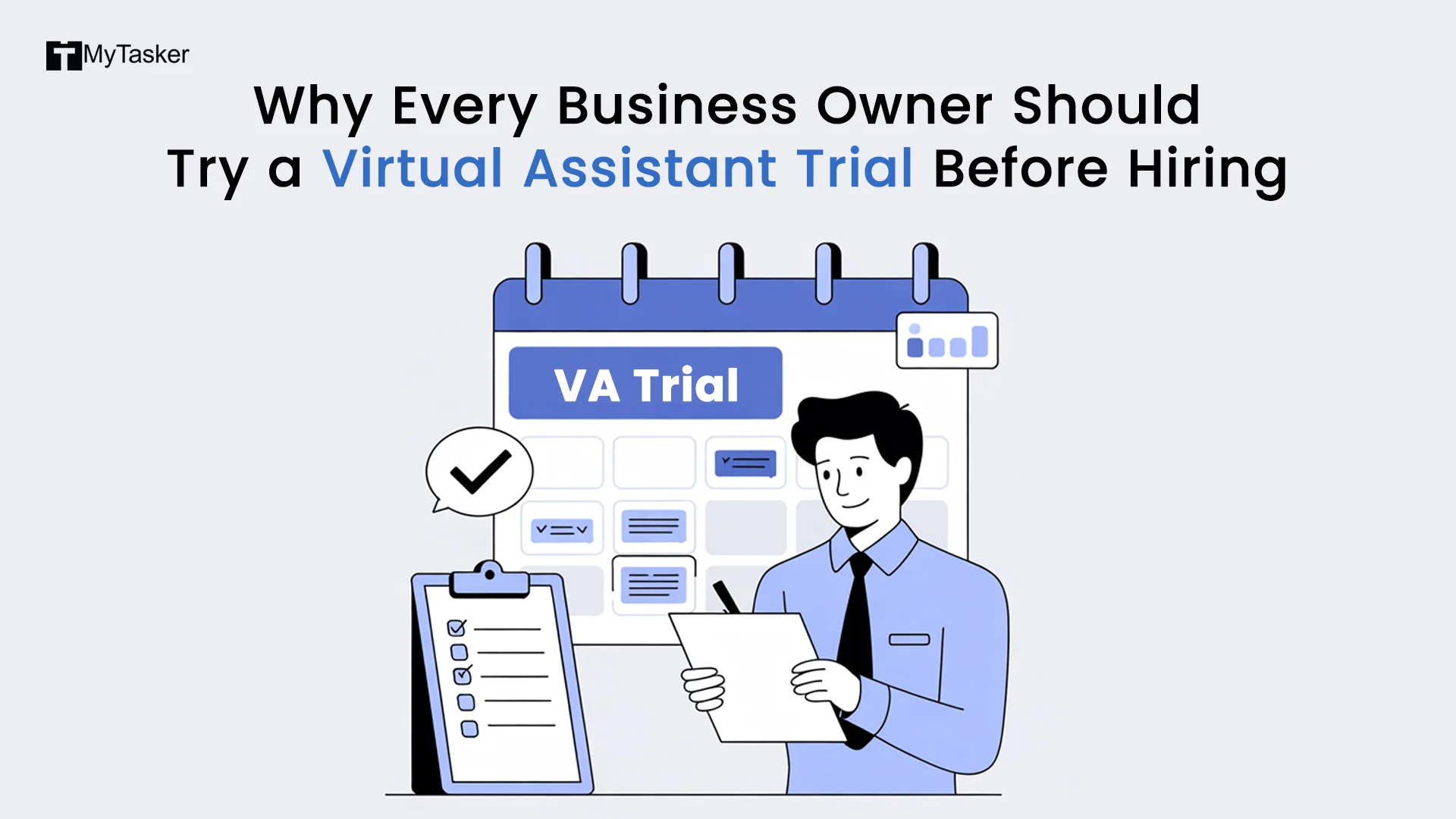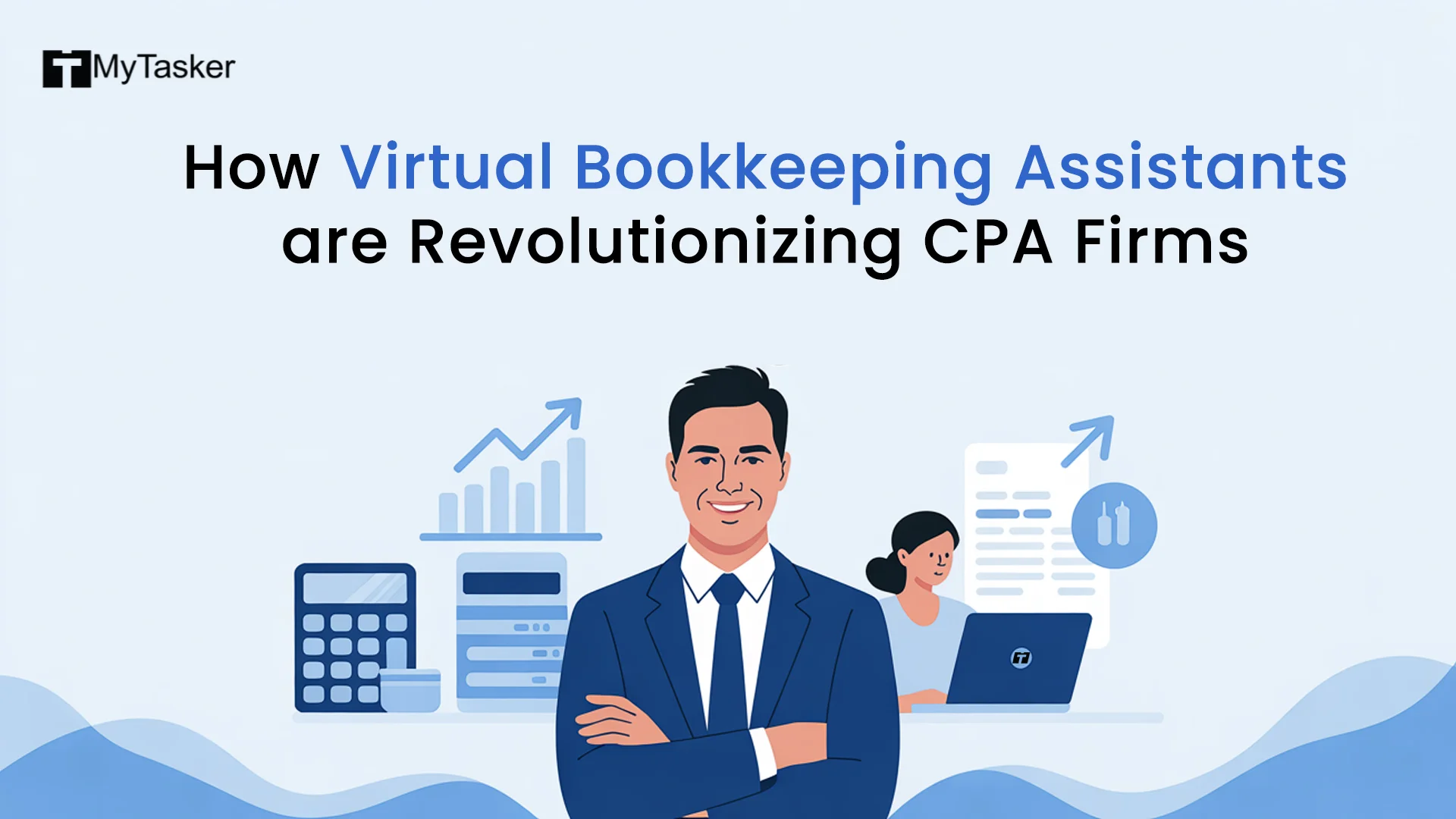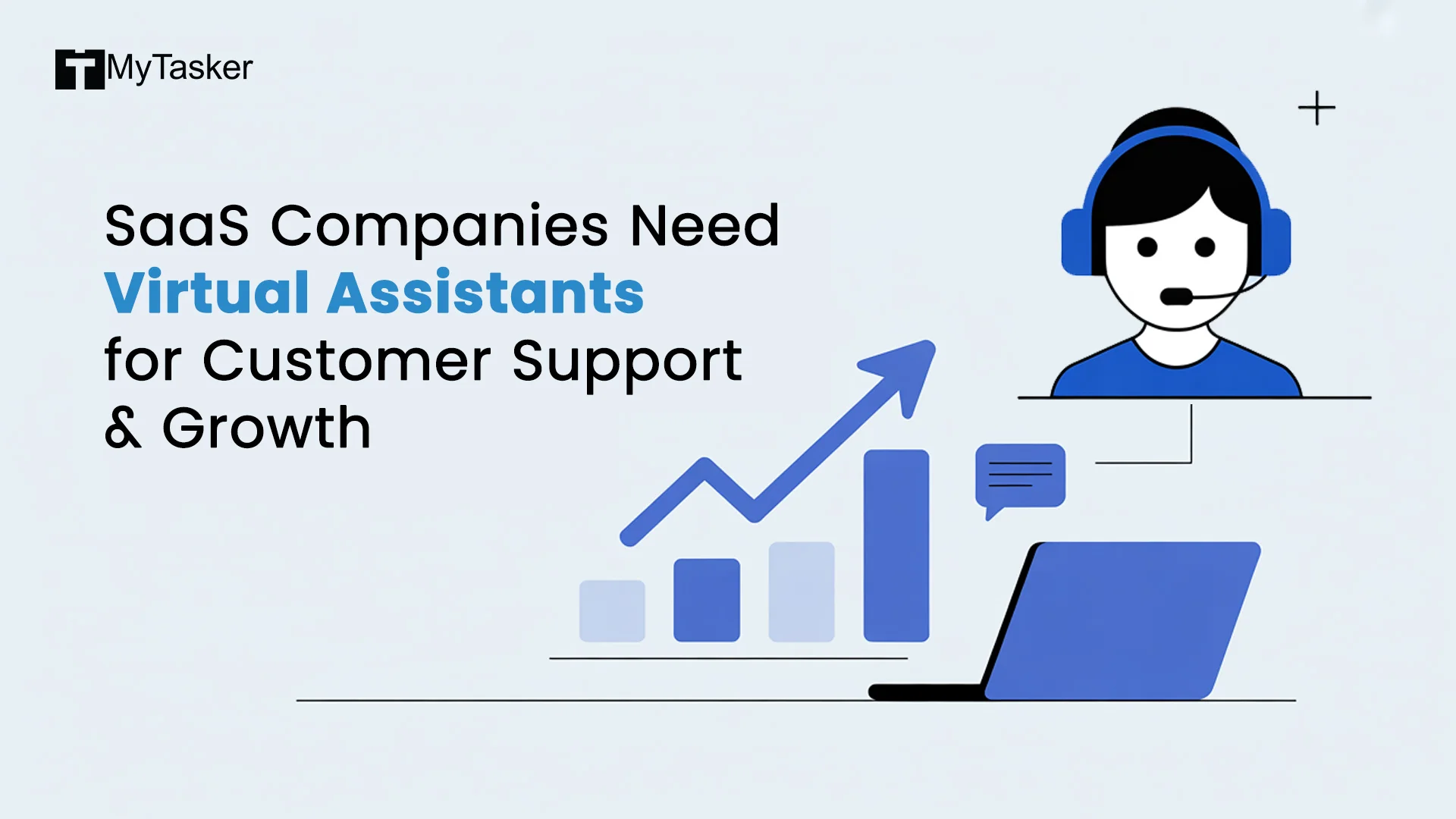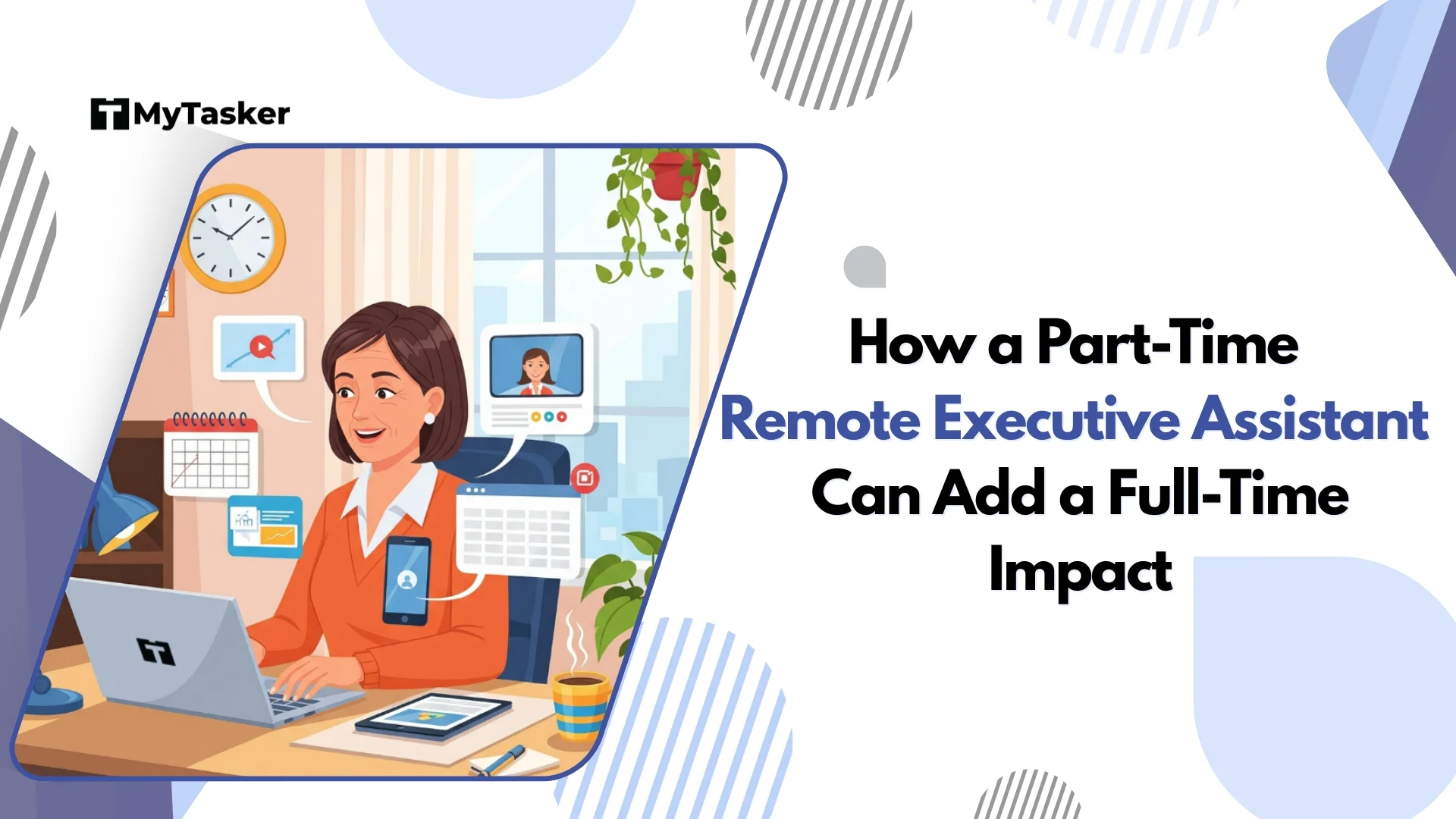The last few years have witnessed a trajectory of unprecedented growth for e-commerce businesses in Canada. Most people are now tech-savvy, including elders and kids, and there is a constant rise in trust in online shopping, which people have gotten quite used to, ever since the pandemic. With a sound and strong infrastructure, Canada has turned into a goldmine of online shopping and online retail innovation.
From sustainable fashion brands based out of Vancouver to niche wellness products in Toronto and artisanal foods in Montreal, Canadian entrepreneurs are building trusted, customer-first online experiences that resonate with modern buyers.
But while the domestic market offers solid ground, it’s also relatively small, just under 40 million people. If you’re running an e-commerce business in Canada, your next loyal customer might not be in Toronto or Vancouver, but in Tokyo, Seoul, Taipei, Jakarta, Hanoi, or Mumbai.
With the digital economy booming and Asia’s e-commerce trends surging ahead of the global curve, this isn’t just about growth. It’s about seizing first-mover advantages, building international brand equity, and diversifying in an unpredictable economy.
Here’s why now is the perfect time for Canadian businesses to take the leap and expand e-commerce to Asia, and how to do it strategically.
Asia’s E-Commerce Growth Is Shooting Up
Asia has a population of over 4.7 billion people, which roughly amounts to 60% of the world’s total population. It dominates the digital marketplace with over 70% of global e-commerce sales, according to Statista.
Markets like China, India, Indonesia, and Vietnam are seeing exponential growth in online shopping, making them prime targets for Canadian sellers.
If you want long-term scalability and a future-proof strategy, selling to Asian markets is no longer optional. It’s essential.
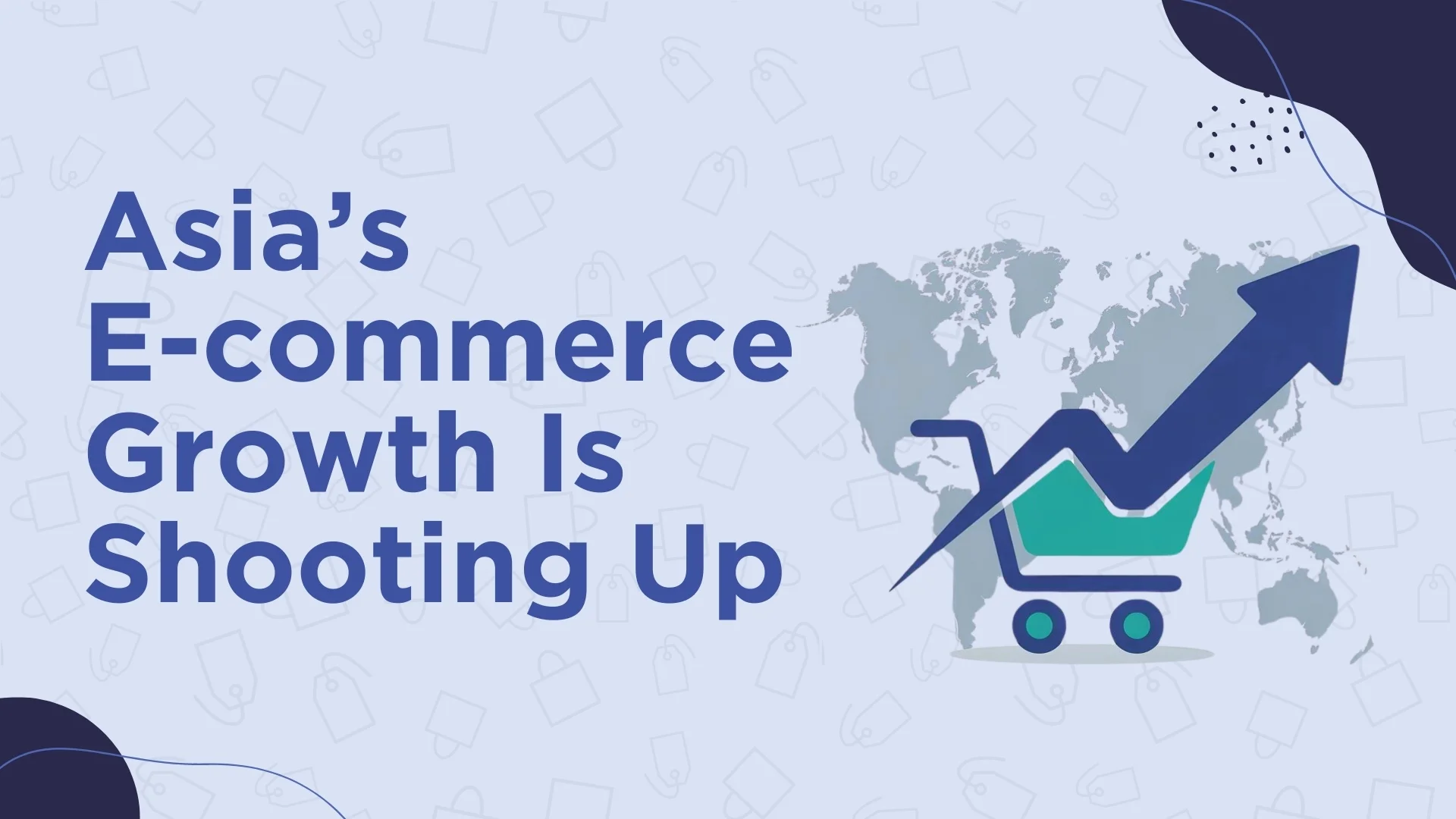
The Middle Class Is Spending Big Bucks Now, They Want Canadian Products
The region’s rising middle class is creating massive demand for premium, imported, and niche goods. Here’s where you, as a Canadian seller, win.
Canadian products in Asia are viewed as:
- Safe and trustworthy
- Eco-friendly and ethical
- High-quality and durable
- Innovative and modern
- Classy and elegant
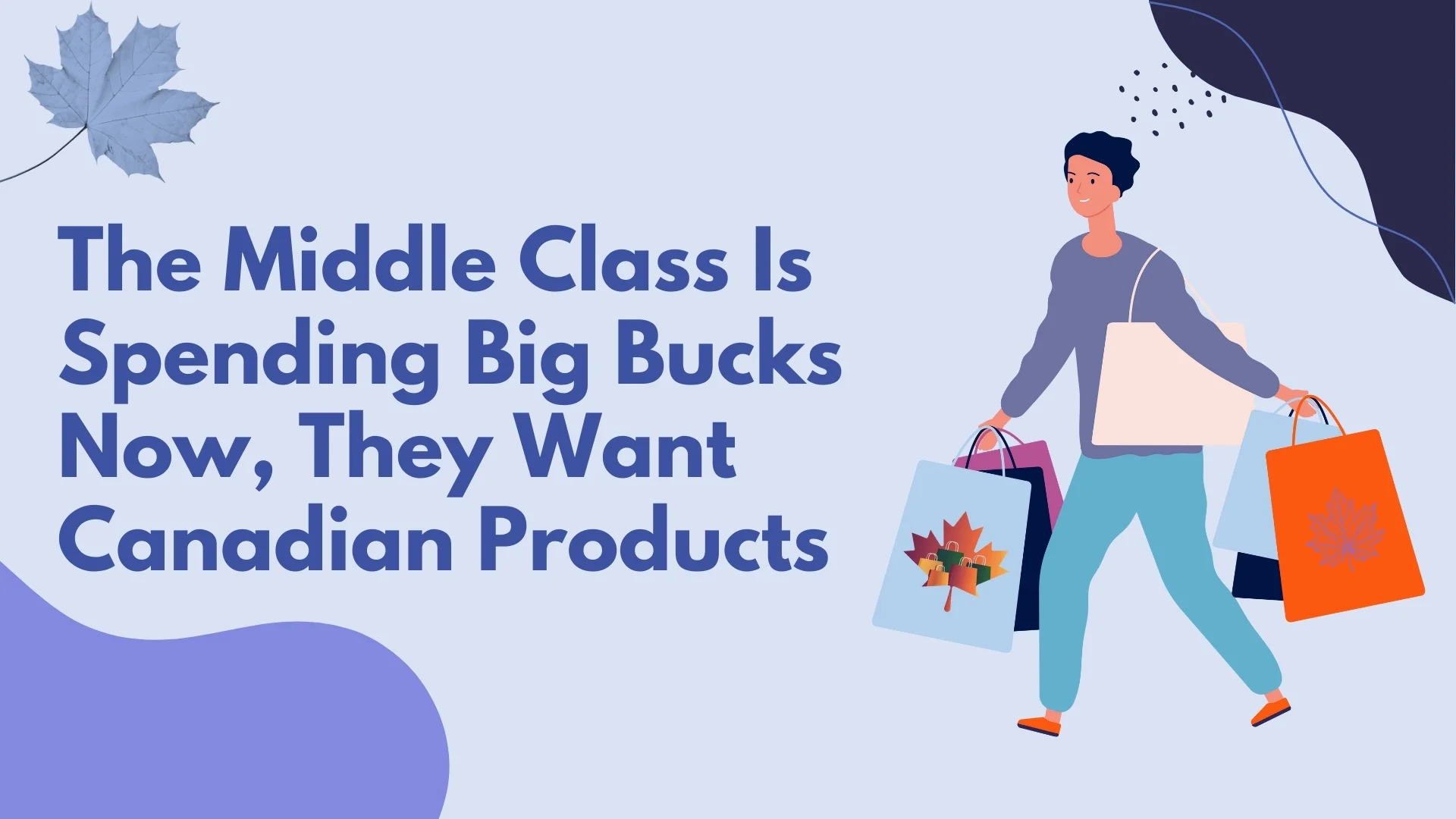
Growing Demand For Canadian Products
When you are an e-commerce business owner in Canada, whether you are selling skincare and makeup, jewelry, clothing accessories, or food items, there's an appetite and a market for what you're offering. People in Asia look up to Canadian products and want to own them.
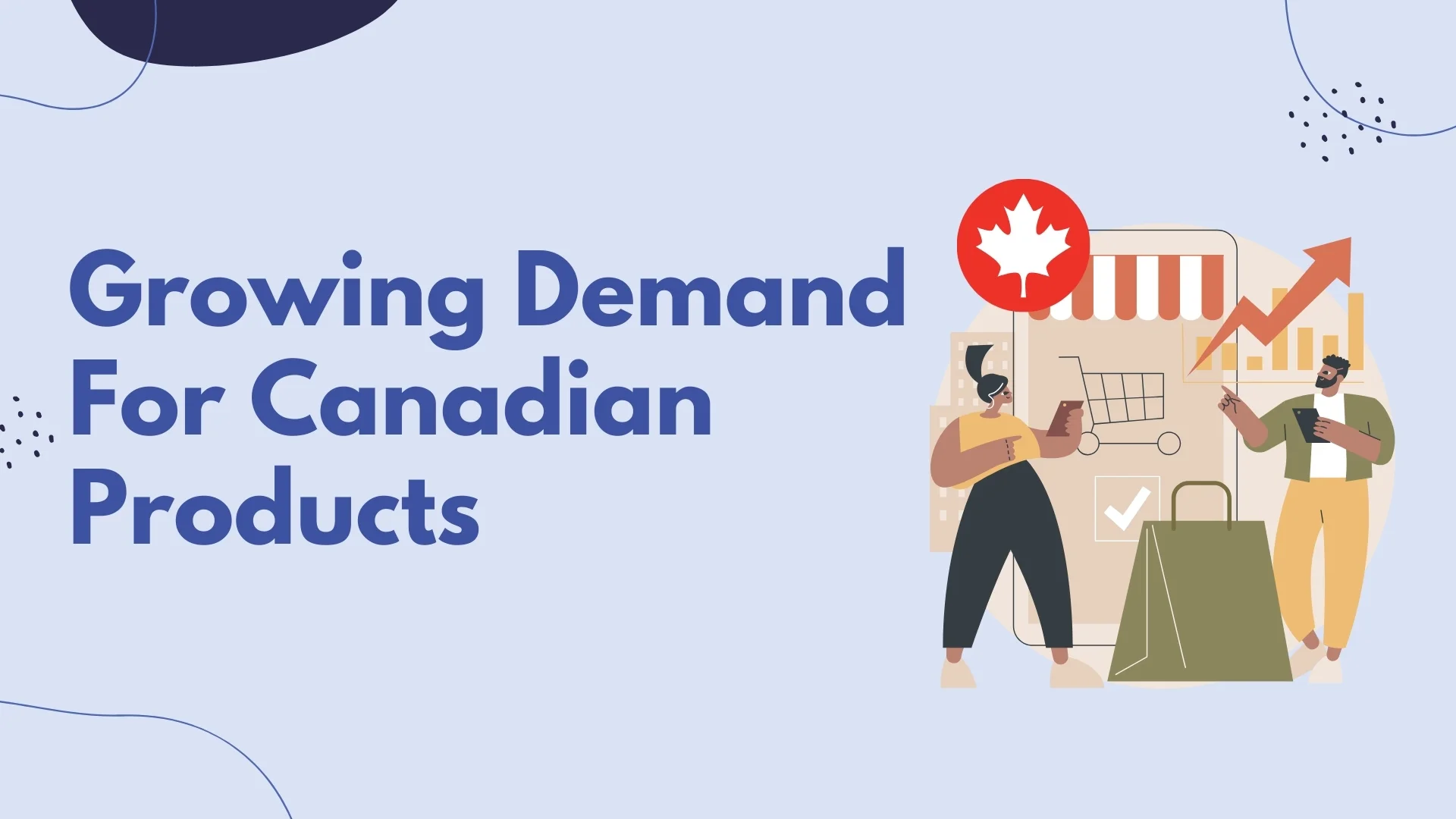
Mobile Commerce and Digital Culture Rule
Asia is a mobile-first market. Shoppers aren’t browsing on old-timey desktops and computers. They’re using phones and tablets to look at cool products on super apps like WeChat, Shopee, and Lazada. These platforms combine messaging, live-streaming, shopping, and payment in one ecosystem.
The good news? If your store is built on platforms like Shopify and already optimized for mobile, you’re halfway there. The rest is localization and understanding how e-commerce trends in Asia differ by country.
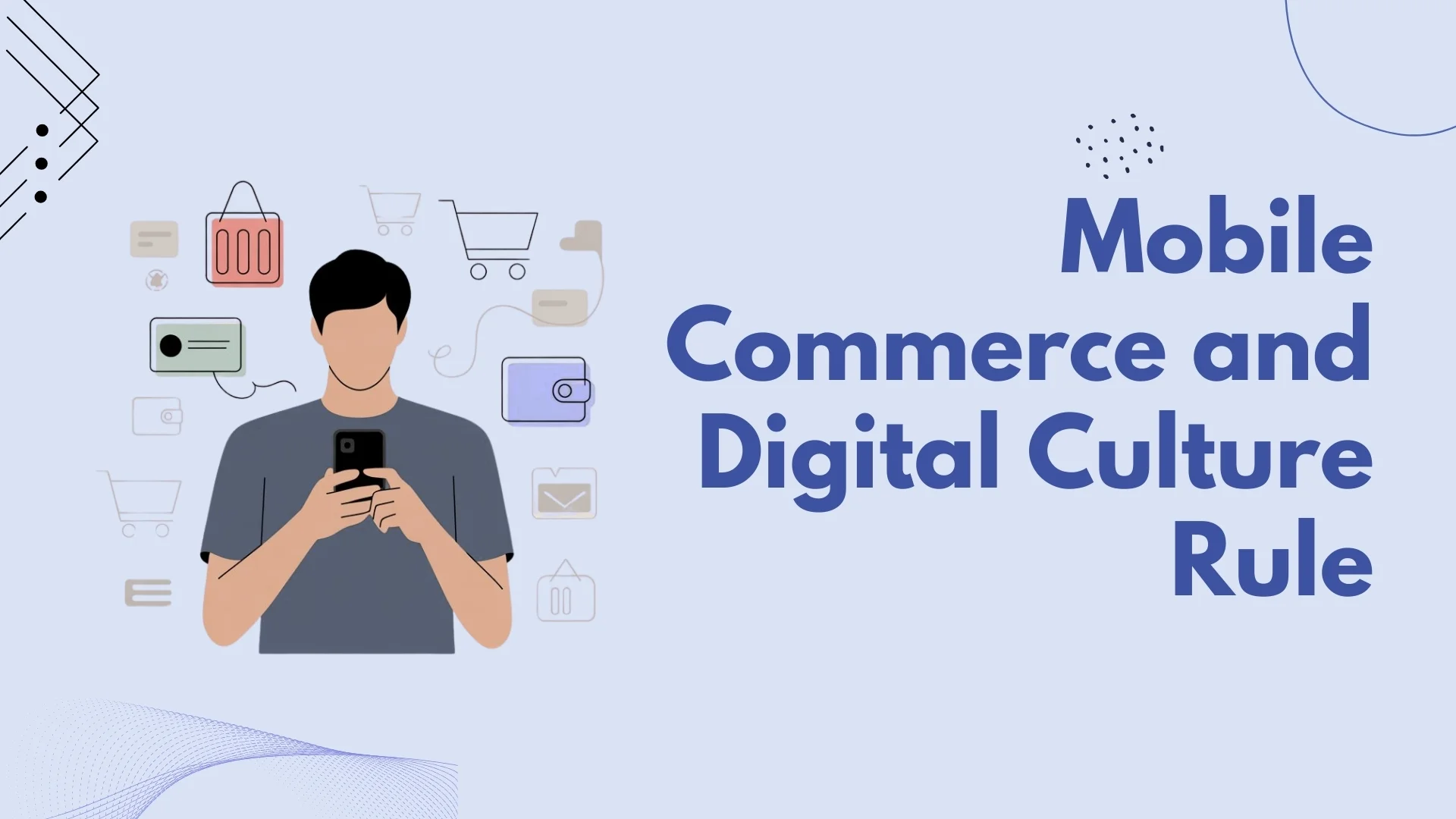
Dropshipping to Asia Is Easier Than Ever
Scared to send all your stuff to Asia? Just sell your stuff one at a time without storing it or keeping it there. Use big online shops like Tmall or JD, which help you try selling in Asia without going all in. Easy, cheap, safe.
You can also use international fulfillment partners like:
- Rakuten Logistics (Japan)
- Fulfillment by Lazada (Southeast Asia)
- ShipBob with Asia fulfillment options
These services simplify shipping, reduce costs, and improve delivery times.
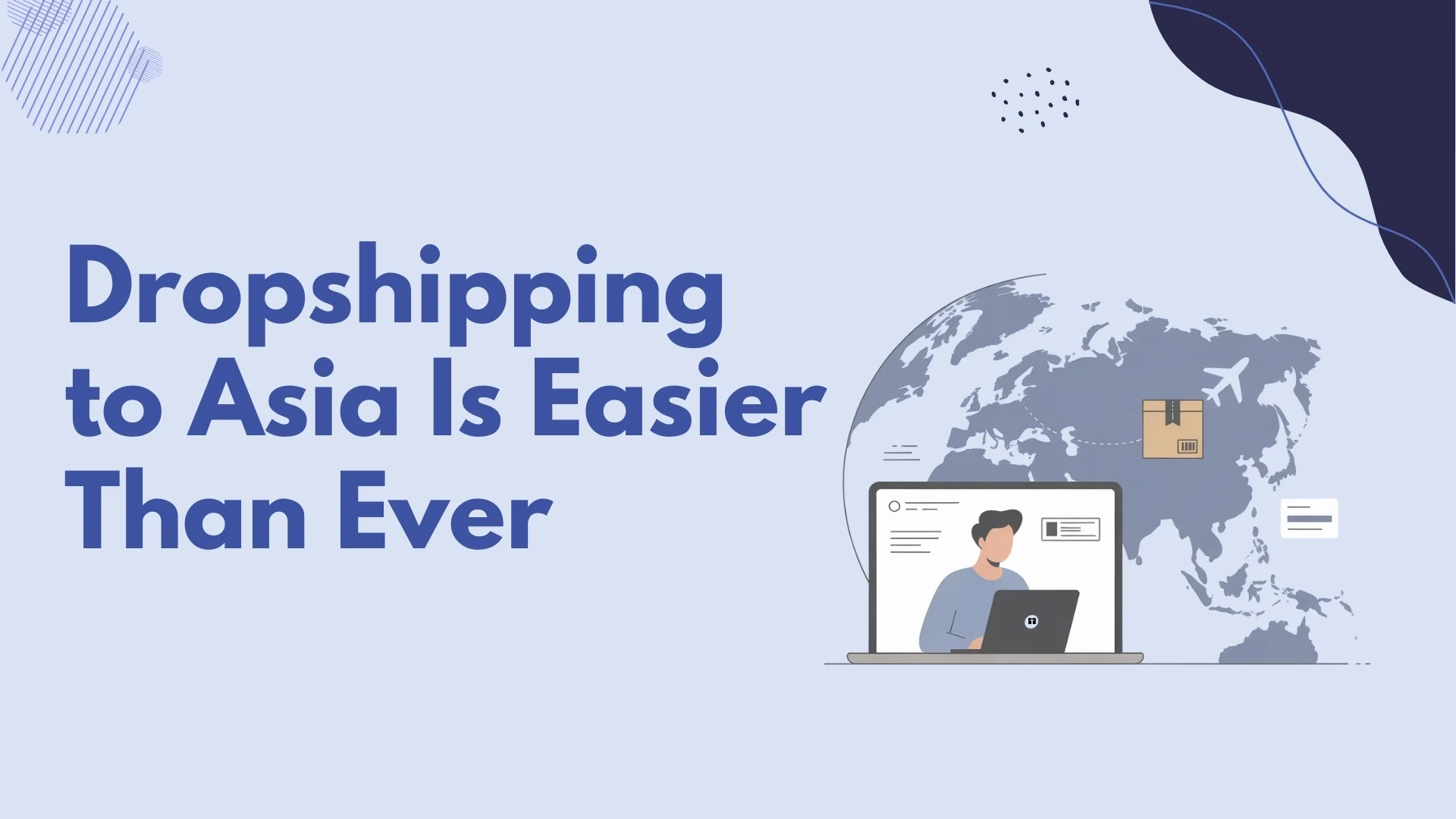
Local Business Partnerships = Long-Term Wins
Entering Asian markets solo can be tough. That’s where local business partnerships come in.
You can:
- Collaborate with distributors and logistics providers.
- Tap into regional influencers.
- Work with micro-agencies for market-specific branding.
These relationships are key to building trust and speeding up market penetration.

Influencer Marketing in Asia Works Wonders
Asians rely heavily on influencers when it comes to online purchases, and it's not just about megastars or world-renowned people. Micro and nano influencers often drive more engagement, especially in niche categories like skincare, wellness, and ethical fashion.
With platforms like TikTok, Instagram, and Line playing major roles, influencer marketing in Asia can help Canadian brands scale faster while staying personal and authentic.

Overcoming Regulatory & Cultural Barriers
Sure, there are challenges; the compliance, logistics, and language barriers are real. But they’re manageable.
Here’s how to break through:
- Hire virtual assistants (VAs) fluent in local languages to translate content and manage customer service.
- Work with cross-border trade experts to stay compliant with VAT, product certifications, and privacy laws.
- Localize your UX, messaging, and brand visuals for each market.
The Canadian government has also taken up initiatives to help you sell in Asia.
The Trade Commissioner Service (TCS) gives you tips and connects you with the right people.
Thanks to trade deals like the Comprehensive and Progressive Agreement for Trans-Pacific Partnership (CPTPP), it’s easier and faster to do business there.
Your first step? Pick one country, do a deep dive, and tailor your launch strategy.

Canadian E-Commerce in Asia Builds Global Brand Equity
By planting your flag in Asia, you’re not just increasing sales, you’re building a global brand. And this reputation flows back home, too.
Customers in Canada will see your success as a signal of quality and scale, helping you stand out in a competitive local market.
So, you’re thinking of expanding your Canadian online store into Asia? Love that for you. But before you jump in, here are seven common questions that must be asked or have already crossed your mind.

Do you really need to translate your whole website?
Using an AI tool to translate the content of your website is not enough. Keep in mind that your website content has been curated keeping Canadian customers and clients as the target audience.
You don’t just translate, you localize. Add some cultural and local elements, specific to the region or area you are targeting. Keep in mind that Asian cultures greatly vary from each other, so the ethnicities should be kept in mind. Think of it like inviting someone to your house; you don’t just need to speak their language, you need to make sure they feel at home.
Pro tip: Google Translate is not going to be of much help. Hire a native speaker or get a virtual assistant (VA) who knows the culture, traditions, and language-related nuances. A bilingual VA can help manage translations, customer chats, and cultural fit checks.
Which Asian countries should you start with?
There’s no “one-size-fits-all,” but here’s a cheat sheet to help:
- Singapore & Hong Kong – English-speaking, tech-savvy, super easy to ship to
- Japan & South Korea – They love premium products, and due to their expensive cost of living, they don't mind paying for expensive products.
- India & Indonesia – Massive populations and growing fast online
- Vietnam, Thailand, Philippines – Hot emerging markets, super social media–friendly
Start with one or two places. Test your stuff. See what works. Scale from there. No need to go full “world domination” on day one.
What’s the cheapest way to break into Asia?
Instead of building your own region-specific website, at first, you could consider other cheaper and faster options:
- Use existing platforms like Shopee, Lazada, Tmall, or Rakuten
- Try dropshipping or team up with a 3PL (third-party logistics) company
- Hire a VA to handle the never-ending tasks (product uploads, customer replies, etc.)
You’ll save money and time. Double win.
What payment methods do people use over there?
Spoiler: It’s not all Visa and PayPal. Here’s the local flavor:
- China: Alipay, WeChat Pay
- India: UPI, Paytm, debit cards
- Southeast Asia: GCash, GrabPay, bank transfers
- Japan & Korea: Local cards + paying at convenience stores (yep, that’s a thing)
You can use tools like Stripe or 2Checkout to plug these in. Or let your VA handle it while you sip maple syrup margaritas.
How do you do customer support with all those time zones?!
You don’t need to pull all-nighters. Just:
- Hire a VA in the region who speaks the local lingo
- Use chatbots for FAQs and simple stuff
- Offer real-time tracking so customers aren’t left guessing
Easy peasy. And your customers will love how “on it” you seem, while you’re actually still in bed.
How do you handle shipping and returns internationally?
Here’s how you stay sane:
- Ship with pros like DHL, FedEx, or regional 3PLs
- Put your return policy on your site. It should be clear, fair, and translated
- Use local return hubs in big countries to make life easier
- Let your VA handle the emails, refunds, and courier stuff
Less chaos, more happy customers.
Should you bother with SEO and Ads over there?
You definitely should, but the rules change.
- Google’s not king everywhere (in China, it's Baidu; in Korea, Naver)
- Influencer marketing, TikTok-style videos, and localized blog posts work wonders
- Geo-targeted ads = more clicks and less wasted money
Get a VA to handle things like keywords, influencer outreach, and ad setup while you focus on big-picture stuff.
A virtual assistant (VA) can be an incredibly valuable asset for Canadian e-commerce businesses expanding into Asia. They can handle a wide range of tasks, from translating product listings and marketing materials into local languages to helping ensure your content aligns with cultural norms and consumer expectations. VAs also support compliance by tracking regulatory changes, managing necessary documentation, and coordinating with legal or customs experts.
On the marketing side, they can research competitors, manage influencer outreach, and craft locally resonant brand messaging. Logistically, VAs help monitor shipments, respond to customer inquiries, and coordinate with fulfillment partners. They assist with payment integration, monitor failed transactions, and provide support for currency-specific issues. Additionally, VAs build trust by managing reviews, social media interactions, and customer care channels in local time zones. They even bolster cybersecurity efforts by flagging suspicious activity and managing account access.
All of this helps businesses stay lean, responsive, and efficient, without the need for a large in-house team.
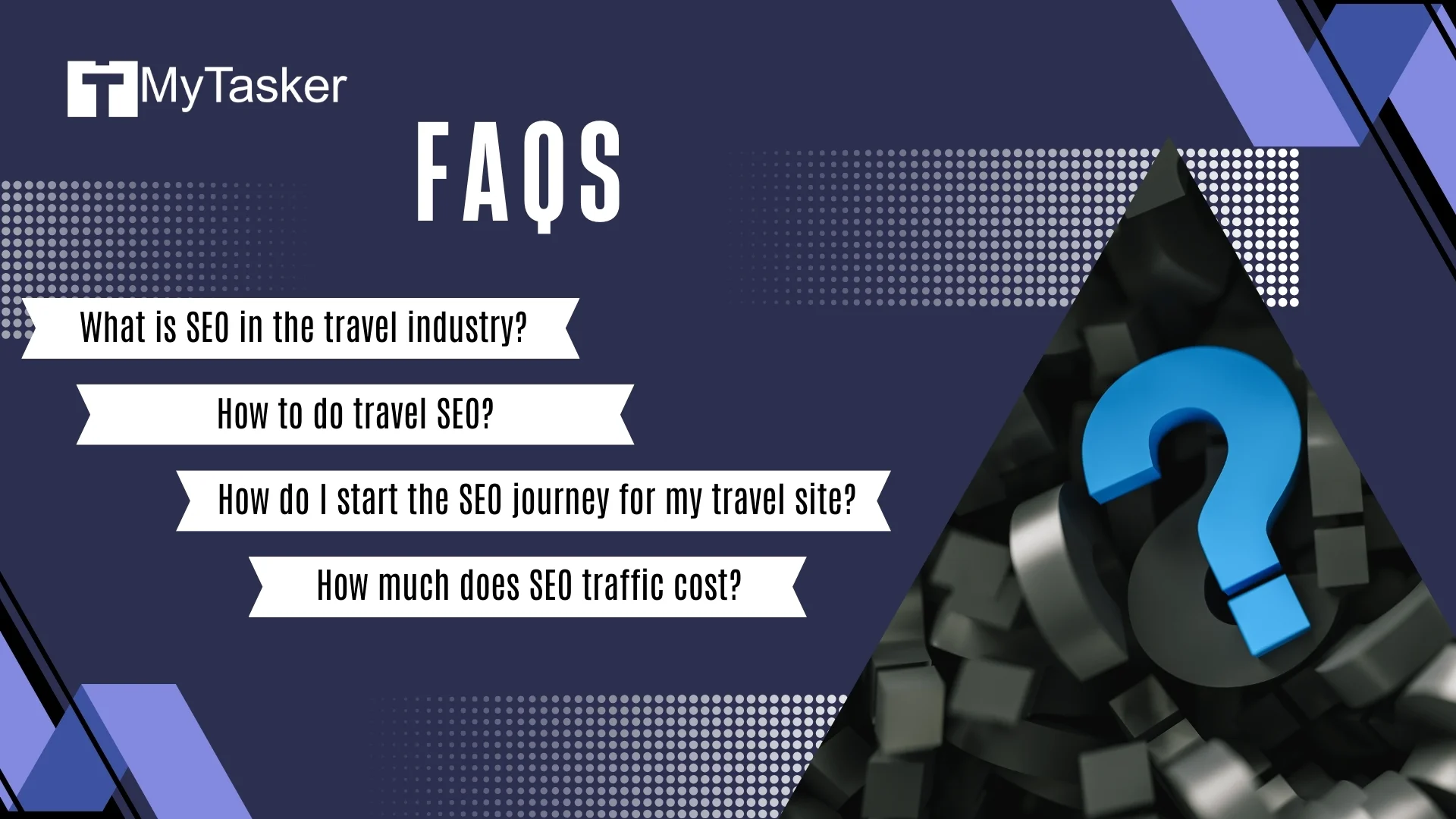
Final Thoughts: The Time to Expand E-Commerce to Asia Is Now
Asia isn’t just the next frontier, it’s the now. With the right tools, mindset, and partnerships, even small and medium-sized e-commerce businesses can scale globally.
Canadian e-commerce Asia expansion isn’t as complex or costly as it once was. With tools like marketplace integrations, dropshipping platforms, and remote teams, it’s more accessible than ever.
So if you’ve been thinking about going global, don’t wait. Start testing. Start learning. And start connecting with one of the world’s most dynamic digital economies.
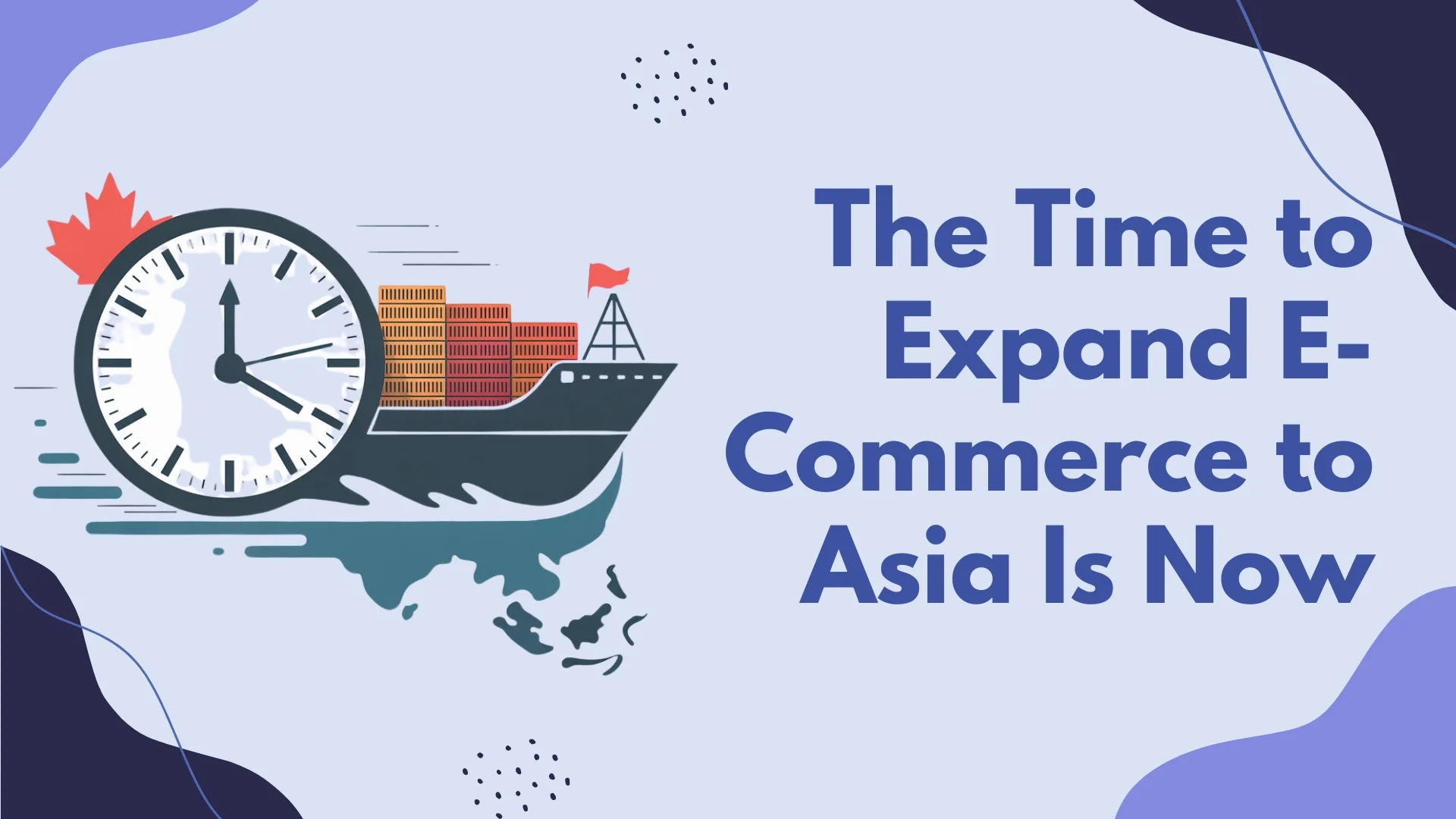
Quick Takeaways for Canadian Sellers
- Focus on 1–2 key countries to start (e.g., Singapore, Japan, or Indonesia).
- Use Asian online marketplaces for low-friction market entry.
- Partner with local influencers and VAs to handle marketing and support.
- Tap into government support programs like CanExport for funding.
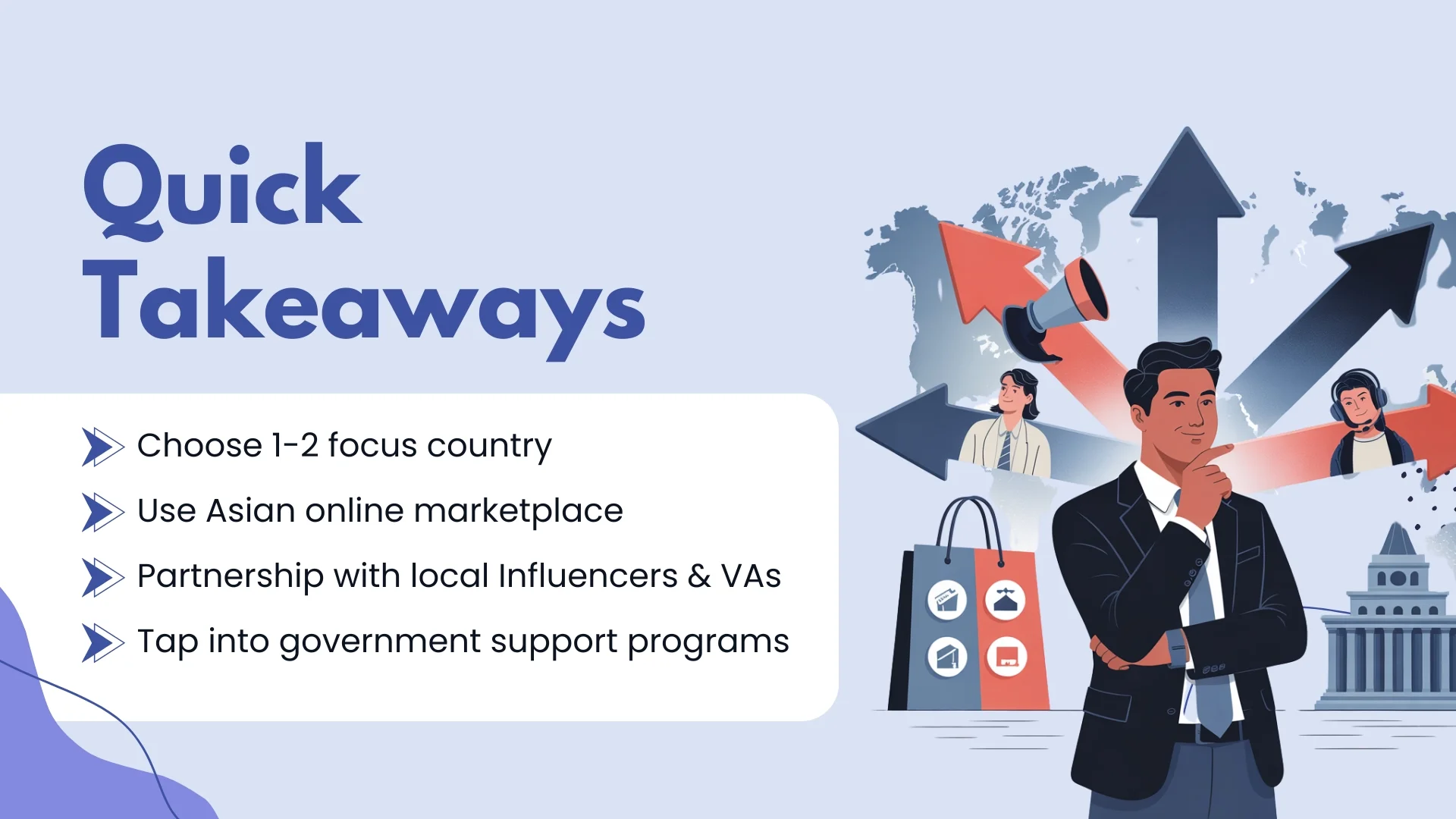
Ready to scale your e-commerce business in Canada? Your next best customer might be just one click away in Seoul, Bangkok, or New Delhi.
At MyTasker, we are your best partners to help your business grow and transcend international borders by taking charge of your e-commerce business in Canada, handling inventory, shipping, payments, refunds, and all your overseas transactions so that you can breathe a sigh of relief and wear your thinking hat to innovate further. We do everything it takes for the success of your e-commerce business.
